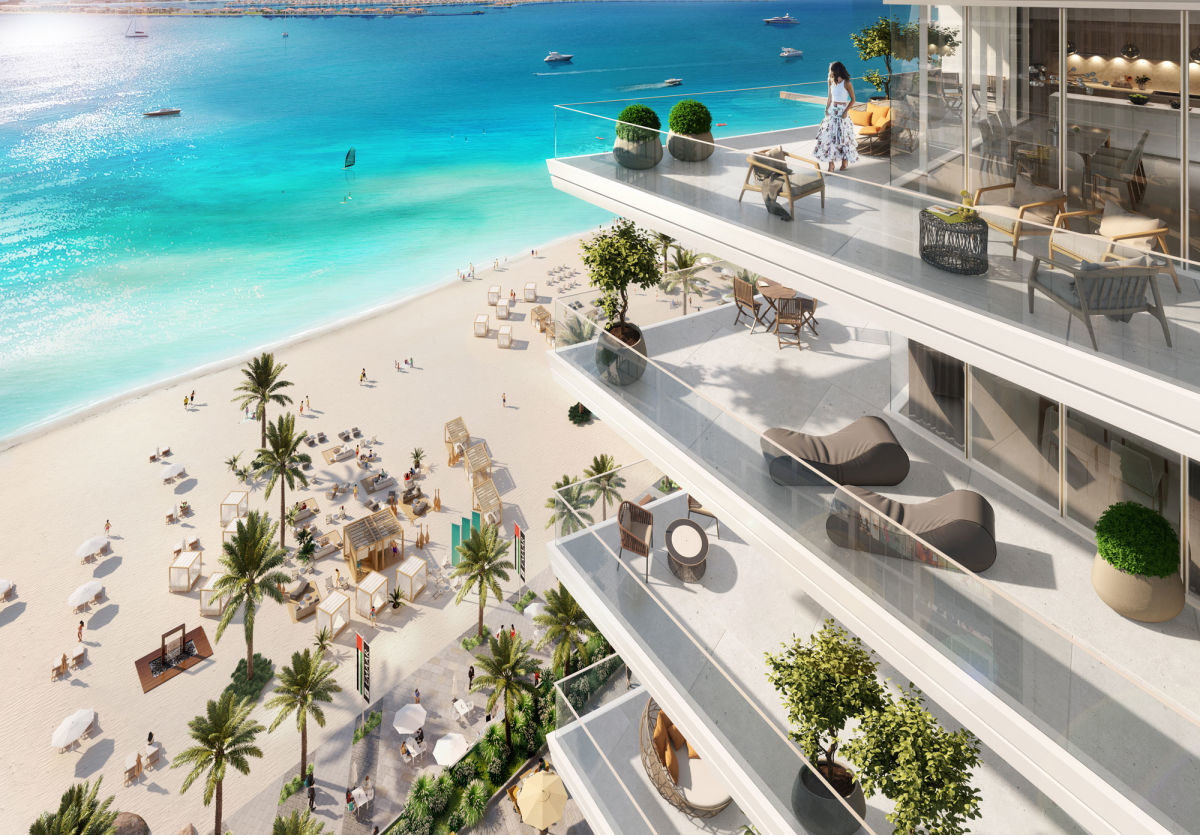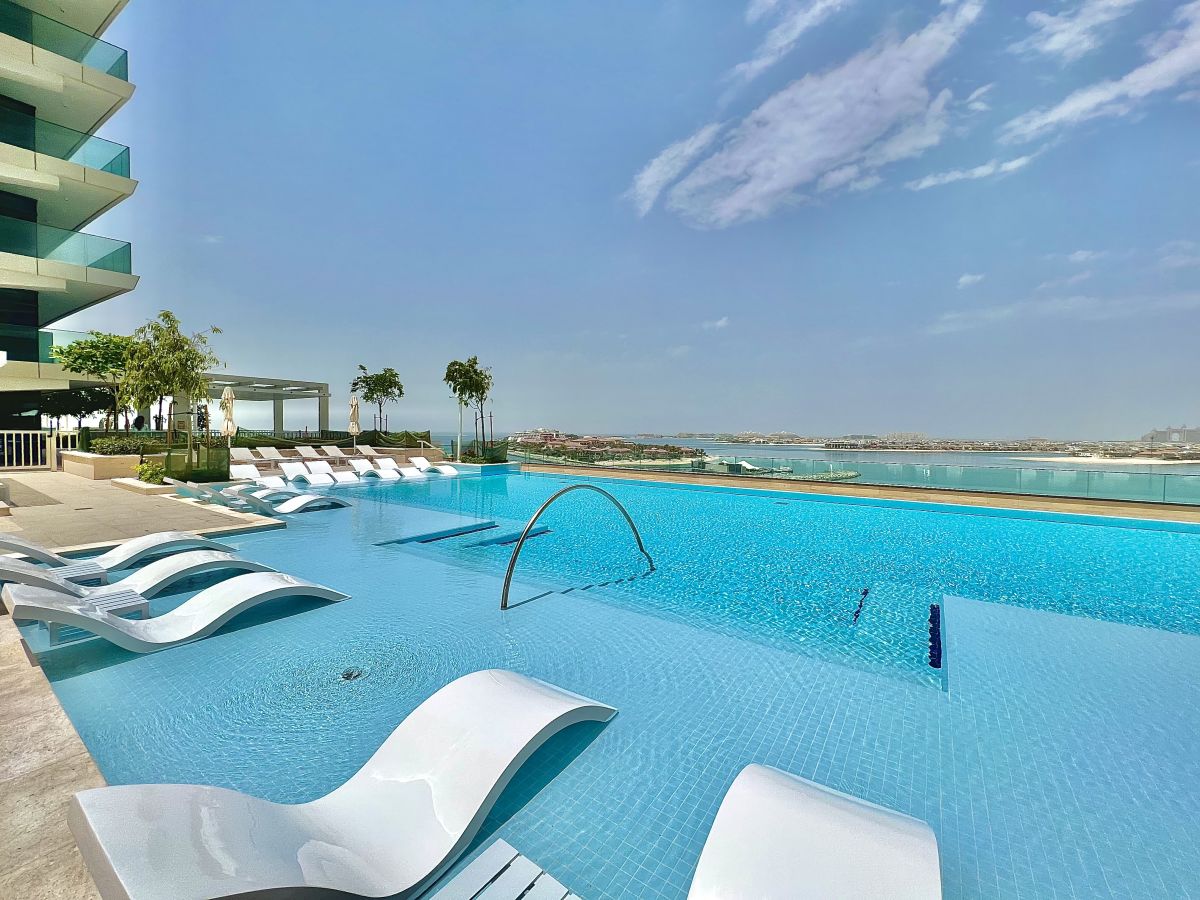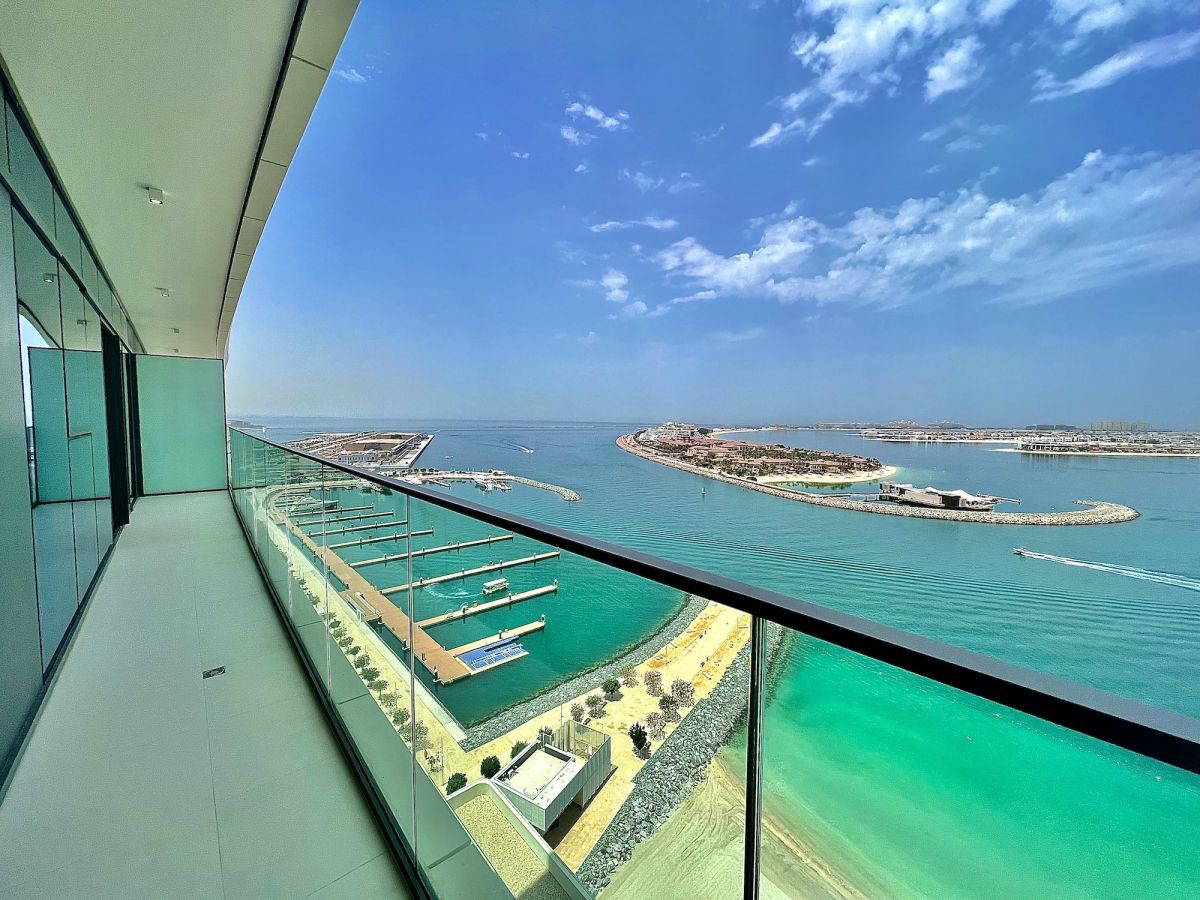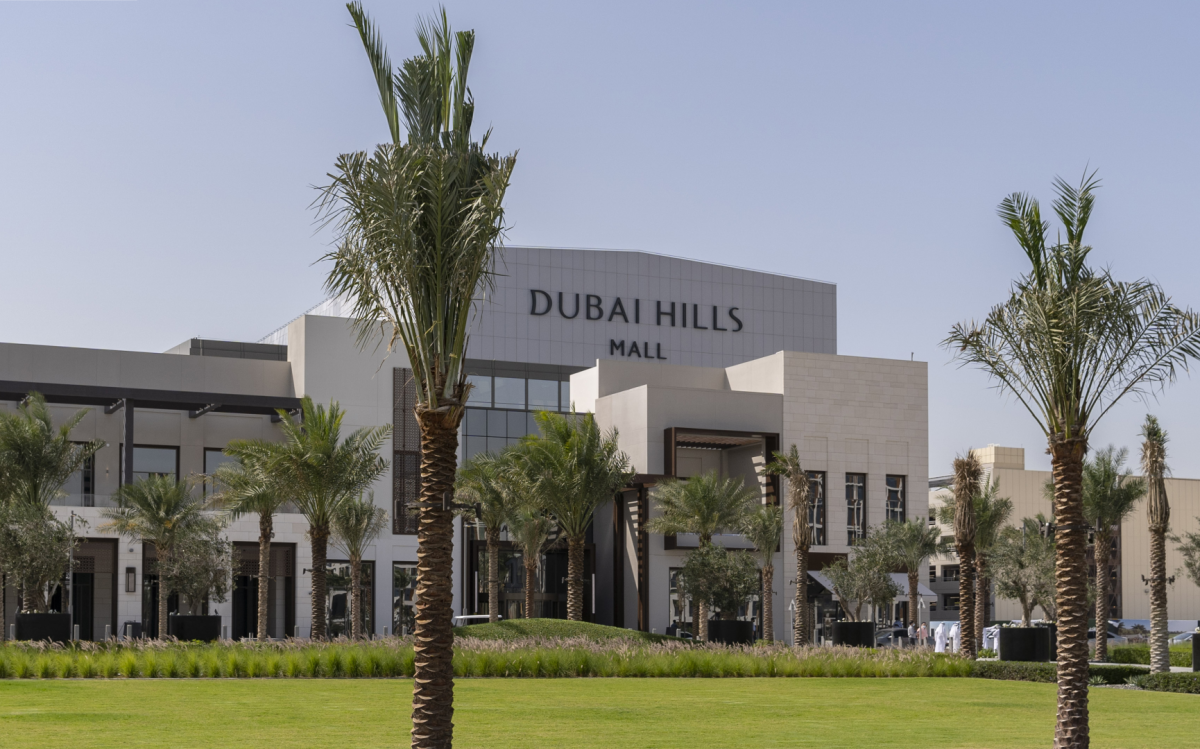Dubai property prices, rents continue to soften in Q2
10 July 2019
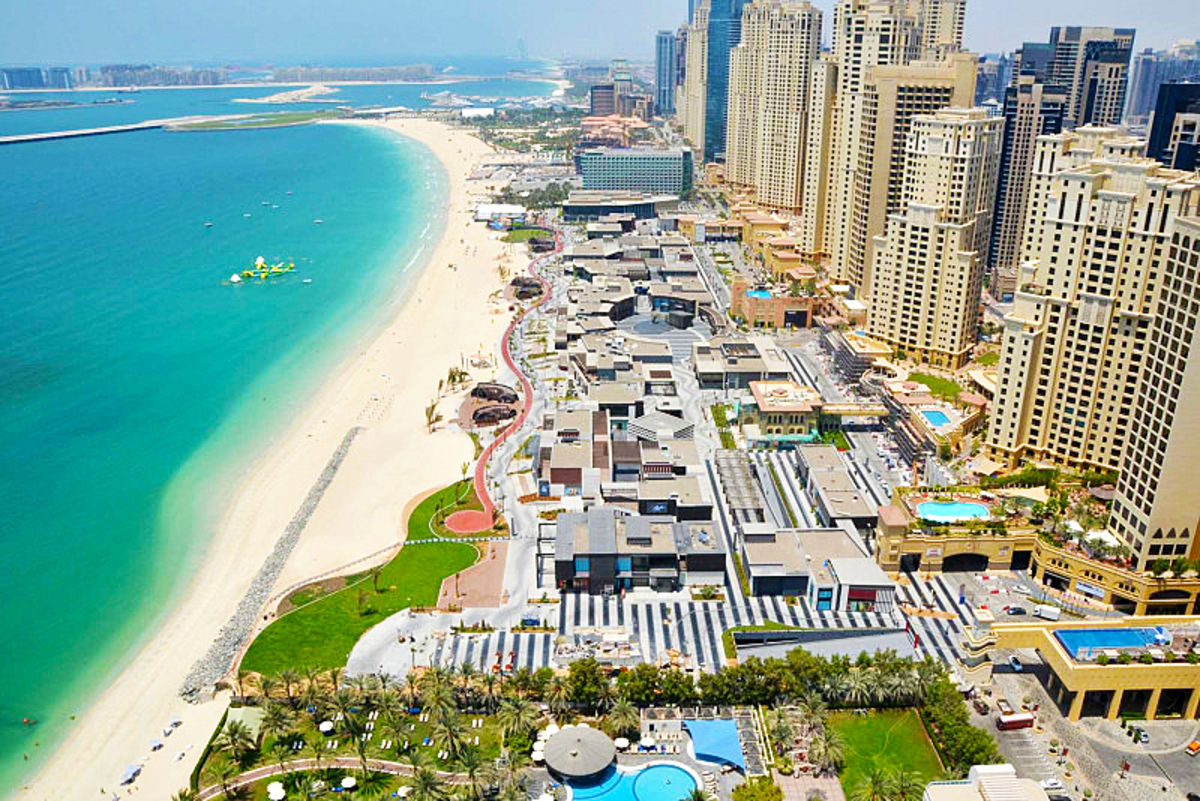
Chestertons says trend of falling real estate values is set to continue for the remainder of 2019 as we see Dubai property prices, rents continue to soften in Q2.
Dubai’s tenants and home owners are continuing to benefit from reduced apartment and villa sales prices, as well as a softening rental market, according to new research.
Chestertons' Dubai Market Report Q2 2019 said this trend for Dubai property prices, rents continue to soften in Q2 is expected to continue for the remainder of the year.
The declines are a result of continued oversupply to the emirate’s residential real estate market, where an anticipated 47,502 apartments, villas and townhouses are set to be completed this year, almost double of that delivered in 2018, the report noted.
In the sales market, prices for both apartments and villas witnessed a decrease of 4 percent in the second quarter of 2019. From a villa perspective, Palm Jumeirah remained the most resilient, softening by 1 percent while The Lakes witnessed the highest price decline at 6 percent.
In the apartment sales market, The Greens, Dubailand and Dubai Motor City showed relative levels of resilience, only witnessing a 2 percent decrease from the previous quarter. The Views and Downtown Dubai witnessed the highest declines of 9 percent and 7 percent respectively. At the value end of the scale, International City witnessed no movement in prices.
Nick Witty, managing director, Chestertons MENA, said: “In the short term, oversupply will continue to dampen the value of Dubai’s residential real estate market. This is being compounded by several developer incentives including five-year post-handover payment plans, registration fee rebates, freezing property service charges and guaranteed rental returns. Similarly, landlords are offering prospective tenants rent-free periods, multiple rent cheques, and even short term leases.
“The bottom line is Dubai will continue to be tenant and home buyer-friendly for the foreseeable future, until demand has caught up with supply.”
In the rental market, there was a more marked weakening compared to Q1, with average apartment rates declining by 5 percent and villas by 8 percent.
Dubai Silicon Oasis saw the largest decline with a typical two-bedroom apartment now 12 percent below the Q1 price.
Established communities including Dubai Marina and Business Bay, which in the past have weathered price reduction to a certain extent, witnessed declines in Q2 of 5 percent.
“Jumeirah Village Circle, Business Bay, Dubailand and Mohammed Bin Rashid City is where the largest rent reductions are likely to be felt going forward due to the expected supply in these locations,” said Witty.
In the villa rental market, Jumeirah Islands, The Meadows and Arabian Ranches all witnessed declines of 11 percent, on average while Palm Jumeirah was the most resilient with a 2 percent decline.
The value of transactions completed in Q2 rose by 31 percent from AED5.64 billion in Q1 to AED7.37 billion in Q2, with Downtown Dubai the most popular location in terms of transaction value at AED1.13 billion.
“Despite price declines across the board, the emirate’s property market is displaying some positive sentiment as a result of increased transaction volumes in the completed unit and off-plan sectors. The increase in transaction values alludes to the fact end-users are still active and purchasing homes in Dubai,’ added Witty.
